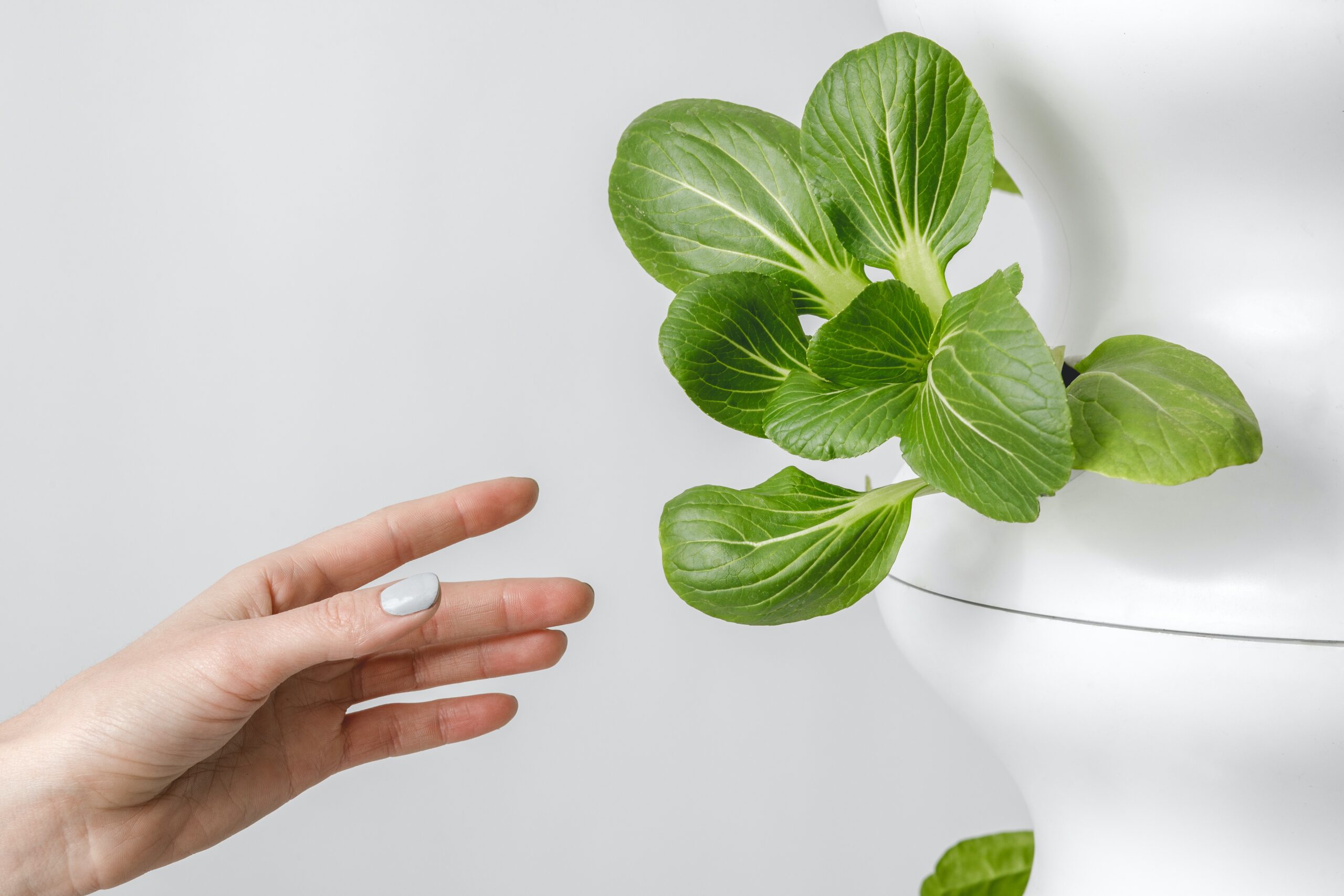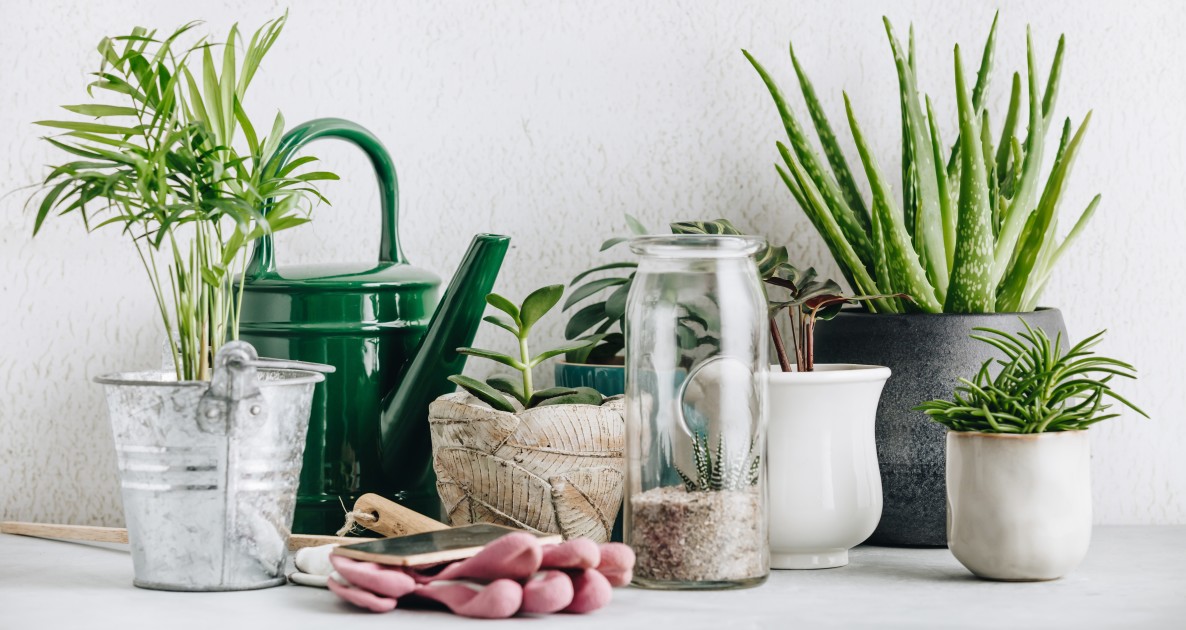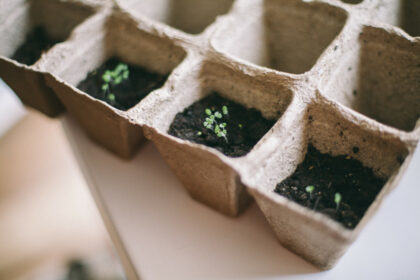The first time I encountered hydroponics, I was on the nerdiest ride that Disney World has to offer: EPCOT’s Living With The Land. On this boat ride, you encounter all the sustainable ways that Disney is growing food. If Disney can try it and succeed, why can’t we? Here’s the skinny on gardening with hydroponics for beginners!
Gardening with Hydroponics for Beginners
Hydroponics gardening is no more difficult than traditional gardening. Both require enough light, water, temperature, light, and humidity. However, no dirt is used in hydroponics. Instead, a soil substitute keeps the roots while nutrients are carried by the water. Indoor hydroponic gardening isn’t as challenging as you might think. Plants grow faster when soil isn’t a factor.
Indoor hydroponic gardening is one of the most efficient ways to produce fruits and vegetables. The roots soak up water and nutrients that all come from the tap – no dirt or pesticides required because they’re in your food already. You end up using about 90% less water than you would with traditional gardening, and there’s no weeding or tilling required.
You can start an indoor hydroponic garden with a few simple tools and supplies:
-A container – any type of plastic or metal container will work, as long as it has a drainage hole
-Hydroponic grow medium – this is the soil substitute that will hold the roots
-A submersible water pump – this circulates the water and nutrients through the garden
-Hydroponic nutrient solution – this provides the plants with all the nutrients they need
-An air pump and air stone – these create bubbles in the nutrient solution, providing oxygen to the plants’ roots
You can buy a kit to get you started, or you can buy each item individually. You may be able to find everything you need at a home improvement store like Home Depot, Lowe’s, or any place you can shop online.
-Start by setting up your container and add in the growing medium
-Place the air pump and air stone in the solution and plug it in for bubbles
-Add the hydroponic nutrient solution and make sure it’s at the correct pH level
-Set your submersible water pump in the container and add water – be sure to fill it to the top so the medium is wet but not saturated
Now your garden is ready for planting! Choose plants that do well in hydroponics and follow the package directions for planting. The plants will need at least six hours of light each day, so be sure to place them near a window or use grow lights.
Hydroponic gardening is a great way to get into gardening if you’re new to it, or if you live in an apartment or condo and don’t have much growing space.
-Water is constantly flowing through the garden, keeping the roots well hydrated – no over or under watering is required
-No soil means no pests or weeds to pull out of your garden – eventually you won’t even need gloves!
-You can grow almost any type of plant in a hydroponic system – from vegetables and fruits to flowers and herbs
-Produce grown with hydroponics tastes the same as produce grown traditionally

Hydroponics Considerations
This is one of the most crucial factors to consider while doing hydroponics gardening since it keeps the plants alive. It’s critical to make sure that the nutrient solution stays at a pH level of 5 to 6 after dilution. Hydroponic gardens require regular watering, which is often done with a pump and timer.
The optimum temperature for a hydroponics garden that is indoors is between 71 and 76 degrees Fahrenheit. Of course, this figure varies depending on the species of plant you’re growing, as with any other climate.
Place your plants somewhere they can receive an ample amount of light. Otherwise artificial light must be used. High pressure Sodium lights or bulbs are a suitable substitute for natural light.
Humidity is good. When the room’s temperature rises, the air will be able to hold the sufficient amount of moisture your plants will need.
A hydroponics system might be entirely automated. Since it’s made of water, the gardener won’t have to dig or weed it. Furthermore, the water may be reused to avoid waste.
General Hydroponics Feeding Schedule
pH: 5.5-6.3
Suggested pH for Hydroponics Nutrients should be between 5.8 and 6.2 (this should not fluctuate more than 0.2 in either direction)
Temperature should range from 72 to 80 degrees Fahrenheit (22 to 26 degrees Celsius). Acceptable temperature fluctuation should
For related articles on gardening, take a look at these:



